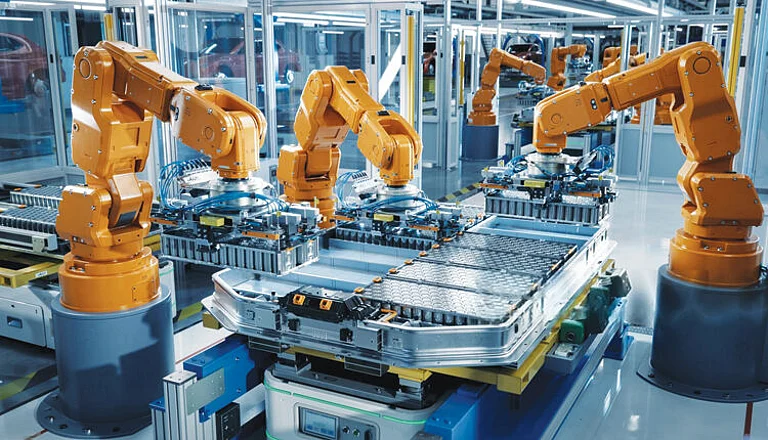India leads in planned clean-industry projects but lacks final investment progress.
High financing costs and outdated rules hinder green technology adoption in cement.
Experts stress strong policy, innovation and funding to meet decarbonisation goals.
Policy & Financing Hurdles Impair India’s Push for Clean Industry, Says Report
India’s clean industrial ambitions face obstacles from slow policy action and costly financing
India's aim to become a leader in clean industrial transition among emerging economies is facing significant challenges, despite having one of the largest project pipelines, according to a report published by the clean‑industry alliance Mission Possible Partnership(MPP) on November 3.
India has 53 clean‑industry projects in development, tied with Australia for the highest number in the "new industrial sunbelt," a group of renewables‑rich countries seen as key to the next wave of global decarbonisation, reported Reuters.
However, none of these projects have reached final investment decision this year, the Mission Possible Partnership, which is an alliance of companies and climate action organizations focusing on advancing decarbonisation in high-emission sectors, said.
Citing other observations from the report, Reuters reported that outdated construction rules and slow regulatory changes are holding back India's cement industry from adopting cleaner technologies such as calcined clay and low‑carbon cement blends. High financing costs in emerging markets such as India limit the bankability of clean‑industry projects, it added.
Meanwhile, India’s stranded renewable power capacity—projects awarded but unable to come online—more than doubled over nine months, due to unfinished transmission lines and legal and regulatory delays, reported Reuters in August 2025.
Some projects in India have already lined up buyers for clean energy and partial funding, but are still awaiting clear rules, permits and access to power transmission and other infrastructure, the MPP study said.
The report also pointed to the lack of demand‑side regulation in India, such as blending mandates or green procurement rules, which are critical to creating markets for clean industrial products.
The study identified 70 projects beyond China as "poised" for financing, representing a $140bn global opportunity, with India among key markets.
But the report warned that without enabling policy frameworks, India risks missing out on the industrial transformation already underway in other regions.
China, in comparison, has 12 of the 19 clean‑industry final investment decisions recorded globally this year, the report said.
Path to Achieving Decarbonisation
According to the International Energy Agency (IEA), India’s industrial sector is a major contributor to national emissions, accounting for approximately a quarter (around 24-25%) of the country’s energy-related CO2 emissions.
Another report published by EY in February 2025, titled ‘How Green Manufacturing is Reshaping India’s Industrial Landscape’, stated that India’s success of achieving decarbonisation strategy depends on continued investment, technological advancements and policy support.

